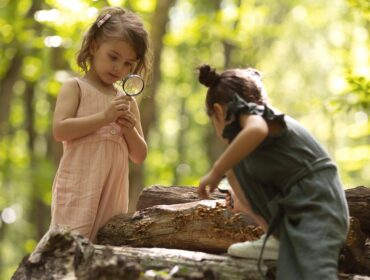You’ve felt it before. That inexplicable bond between you and your friends with an enduring quality that isn’t easily explained. Is it just the years you’ve spent together or your shared cultural vocabulary? Humans and animals are not the only life on our planet to form such bonds. Let’s take a look at how tree friendships are formed in the forest.
Beyond Description

Humans have long observed the relationship of trees and attempted to describe the phenomenon. Plants and fungus don’t have a nervous or immune system the way humans do. They relate to each other relative to physical limitations, like competition for sunlight, nutrients, or water. But is there more to their vegetative conversations?
A German forester, Peter Wohlleben, has been postulating that trees have evolved beyond the economic products and shade-giving qualities given freely to the human race. Trees are an incredible source of building materials and paper goods, but are they sentient beings?
No Tree Left Behind

There is also a documented propensity for forest survival that includes tree friendships. Forest root systems are intricately and physically interconnected, helping support the growth of new trees. Older trees share sugar nutrients via root systems with younger trees as they grow creating an equal flow of food to sustain the next generation. In stressed environments, trees can share water and nutrients to those that are not maintaining optimum health.
Douglas fir trees have a web of fungal filaments that string between the forest arboreal individuals. It’s not a parasitic fungus, but a beneficial one that links all of the tree friendship experiences. The mycorrhizal, or root-associated fungus acts as a conduit between fungal networks and between trees. This network increases the mineral and food absorption of the fir trees, has been well documented, and findings published in peer review journals.
All of this may sound a bit too humanistic for purists. A skillful precaution when studying other organisms is to not devolve into anthropomorphism, or attributing human characteristics to the species of study, thus skewing the data collection. That being said, acknowledging that tree friendships exist may be integral to our human experiences as well.
Featured Image from Sergei A/Unsplash




